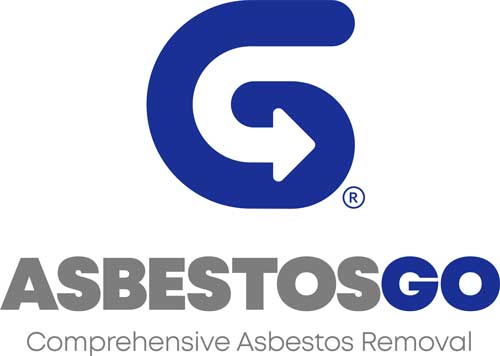Asbestos, once hailed for its versatility and fire-resistant properties, is now known for its health hazards. Its fibres, when inhaled, can cause serious diseases, including lung cancer and mesothelioma.
The challenge with asbestos is that it’s not possible to determine its presence just by looking at materials. The only definitive way to confirm if a suspect material contains asbestos fibres is through professional sampling and analysis.
Correctly Identify and…
Protect Everyone
In homes and buildings, particularly older ones, asbestos can be found in various materials—from insulation and floor tiles to, more commonly, ceilings. Ceilings in domestic properties might be coated with textured coatings like Artex, or made from asbestos cement, and sometimes, more concerningly, asbestos insulating board (AIB).
Many people are informed that they have “asbestos” without understanding the specific type of asbestos-containing material (ACM) present. This distinction is crucial because it affects how the asbestos is managed or removed. For example, dealing with a ceiling that contains Artex or asbestos cement generally falls under non-licensed work. These materials, while containing asbestos, pose a lower risk if left undisturbed or are managed carefully during removal.
On the other hand, AIB is considered more hazardous and requires licensed professionals to handle the removal. This is because AIB can release a higher concentration of asbestos fibres into the air if disturbed, posing a greater risk to health. Licensed removal involves more stringent controls and precautions, significantly increasing the time and cost associated with the works.
Understanding whether the asbestos present is in a form that requires licensed removal or non-licensed handling is essential. It informs the safety measures that need to be in place, the potential health risks, and, importantly, the cost and duration of the removal process. This is why professional asbestos testing is not just a regulatory compliance step but a critical health and safety measure. It ensures that any asbestos-containing materials are correctly identified and safely managed or removed, protecting the health of occupants and workers alike.


